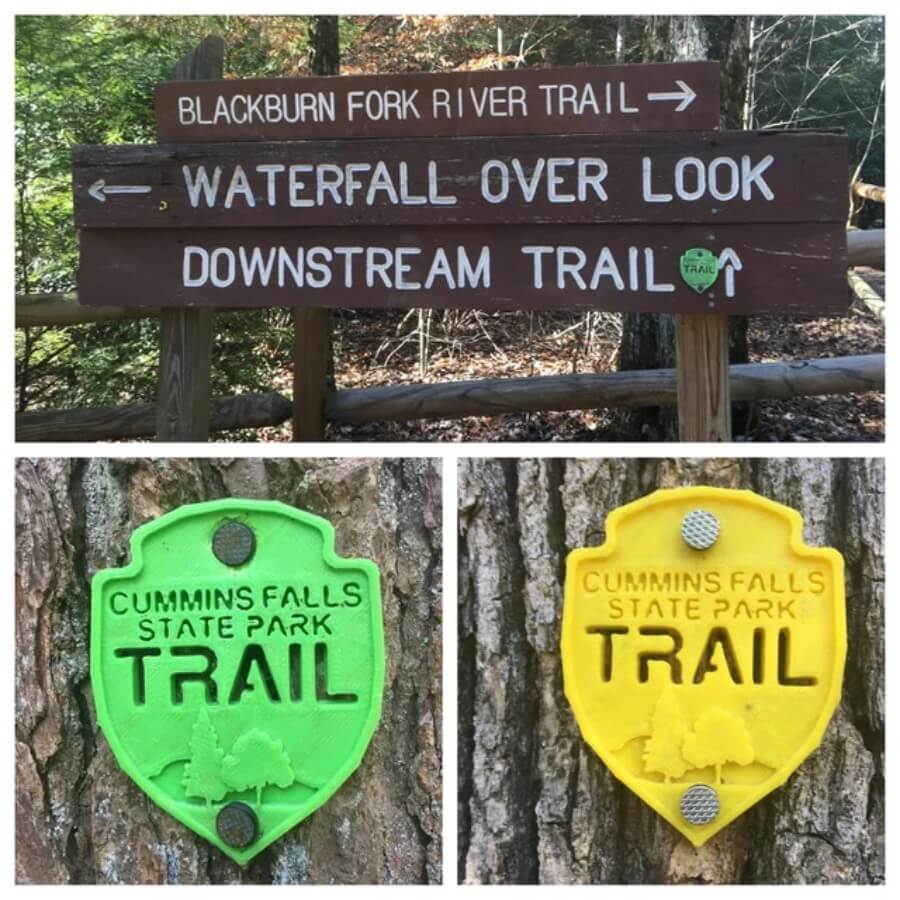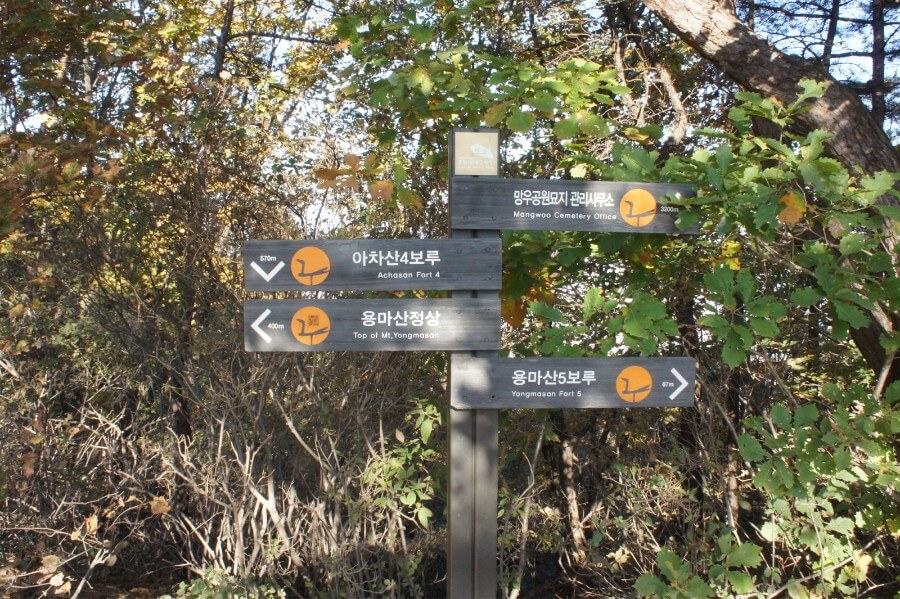
The reassurance of clear wayfinding is invaluable when embarking on a hiking adventure, whether through dense forests, sprawling mountains, or winding trails. Trail markers serve as beacons guiding hikers along their chosen path, ensuring they stay on track and reach their destination safely. In this article, we will discuss how to create custom trail markers.
The importance of wayfinding
Effective wayfinding is essential for hikers navigating unfamiliar terrain. It encompasses a range of elements such as signage, maps, landmarks, and, significantly, trail markers. These markers serve as visual cues, offering reassurance and direction along the journey. Whether it’s a painted blaze on a tree trunk, a cairn of stacked stones, or a metal signpost, trail markers communicate vital information, including trailheads, junctions, hazards, and points of interest. Without clear wayfinding, like in hut-to-hut hiking in Switzerland, hikers risk becoming lost or disoriented, compromising their safety and enjoyment of the outdoors.
The role of graphic design in trail markers

Beyond mere functionality, trail markers can be designed to blend harmoniously with their natural surroundings while remaining conspicuous enough to catch the hiker’s eye. Color, typography, symbols, and pictograms can convey information quickly and intuitively. This transcends language barriers and caters to diverse audiences. Thoughtful graphic design ensures that trail markers are informative and visually engaging. This improves the overall experience of the hike.
Customization and identity of trail markers
Custom trail markers offer the opportunity to imbue hiking routes with a unique identity and sense of place. Local flora, fauna, geographical features, or cultural motifs can inspire the design. This fosters a deeper connection between hikers and the environment they traverse. Furthermore, custom trail markers can serve as a form of branding for specific trails or hiking networks, enhancing recognition and promoting tourism.
Sustainability and durability of custom trail markers
While aesthetics are important, durability and sustainability are paramount considerations in trail marker design. Materials must withstand exposure to the elements, resist vandalism, and require minimal maintenance. Sustainable options such as recycled plastics, responsibly sourced wood, or natural materials like stone and clay can minimize the environmental impact while ensuring longevity. Additionally, designs should be resilient to fading, erosion, and other forms of degradation, preserving their functionality and aesthetic appeal over time.
How to design custom trail markers?

Designing custom trail markers involves a thoughtful process that balances functionality, aesthetics, sustainability, and community engagement. Below is a step-by-step guide on how to design custom trail markers:
Understand the environment. Begin by understanding the environment where the trail markers will be placed. Consider the terrain, vegetation, climate, and any relevant ecological or cultural factors. This understanding will inform the design aesthetic and material choices to ensure the markers blend harmoniously with the surroundings.
Define objectives and information. Determine the specific information that the trail markers need to convey. It can be trail names, distances, directions, points of interest, safety information, and regulations. Prioritize clarity and simplicity in communicating this information. This way, you can ensure ease of navigation for hikers.
Select materials. Choose materials that are durable, weather-resistant, and environmentally sustainable. Options may include recycled plastics, responsibly sourced wood, natural stone, metal, or ceramic. Consider each material’s longevity and visual appeal in relation to the trail’s environment and maintenance requirements.
Consider graphic elements. Incorporate graphic elements such as colors, typography, symbols, and pictograms. This is needed to enhance visibility and comprehension. Use contrasting colors for text and symbols to ensure readability against various backgrounds. Employ universal symbols and intuitive imagery to transcend language barriers.
Customize design. Tailor the design of trail markers to reflect the unique identity and character of the hiking route. Draw inspiration from local flora, fauna, geographical features, or cultural heritage to create visually engaging and meaningful designs. Involve local communities, artists, and stakeholders in the design process to ensure relevance and authenticity.
Ensure visibility and conspicuousness. Design trail markers to be highly visible and conspicuous along the trail. Consider placement height, angle, and lighting conditions to optimize visibility from different vantage points and times of day. Incorporate reflective or luminescent materials for enhanced visibility in low-light conditions.
Test and iterate. Prototype and test the trail markers in real-world conditions to evaluate their effectiveness and durability. Solicit feedback from hikers, park rangers, and other stakeholders to identify any usability issues or areas for improvement. Iterate on the design based on feedback to optimize functionality and user experience.
By following these steps, you can create custom trail markers that not only provide clear wayfinding but also enhance the hiking experience, celebrate local culture, and promote environmental stewardship.
Conclusion
Custom trail markers represent a marriage of functionality and artistry. They elevate the wayfinding experience for hikers while celebrating the beauty and diversity of natural landscapes. Through thoughtful graphic design, customization, and sustainability, trail markers not only guide us along the path but also enrich our connection to the great outdoors.# Custom Trail Markers: Graphic Design for Wayfinding in Hiking Routes